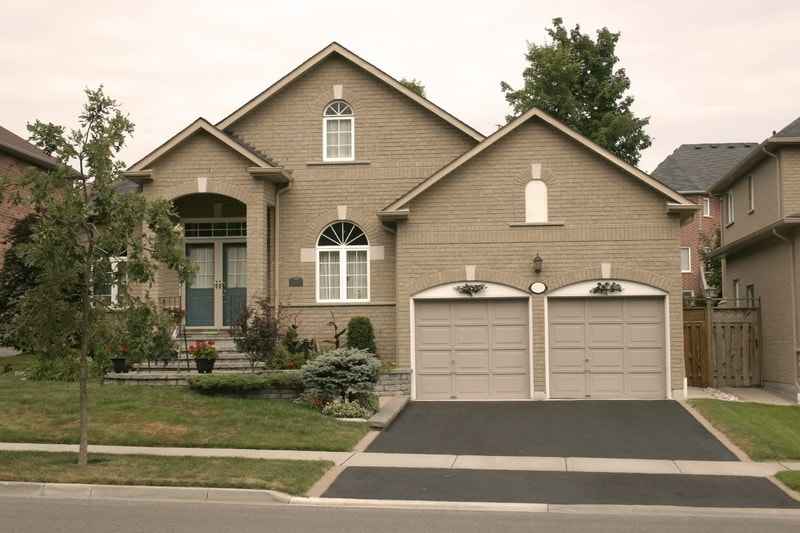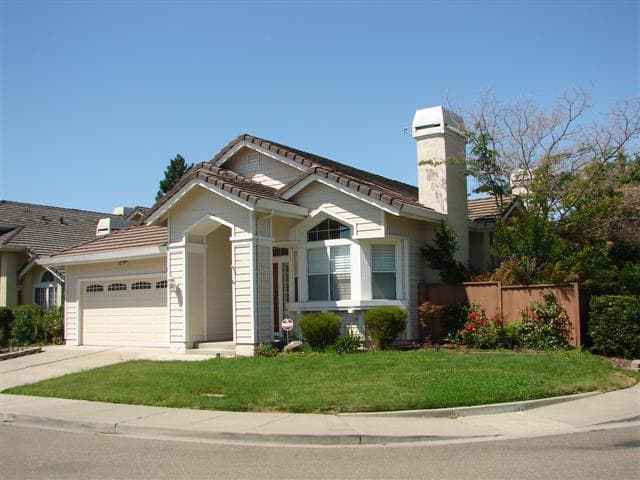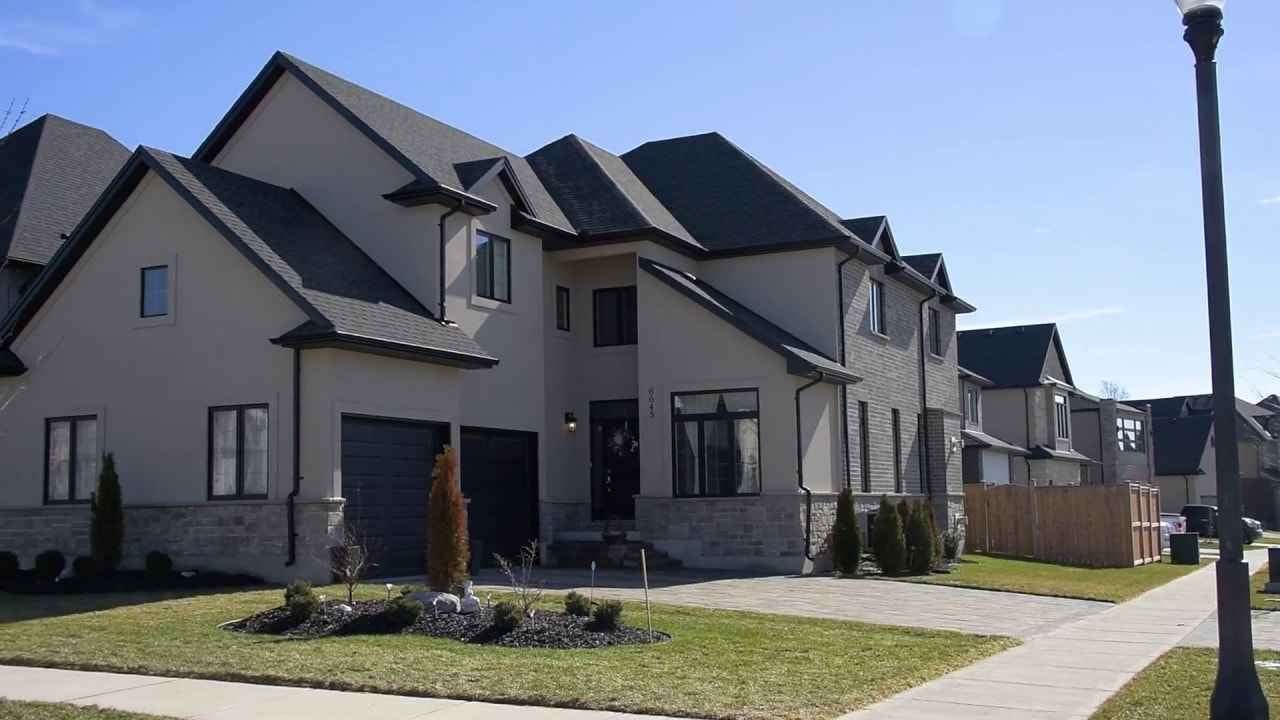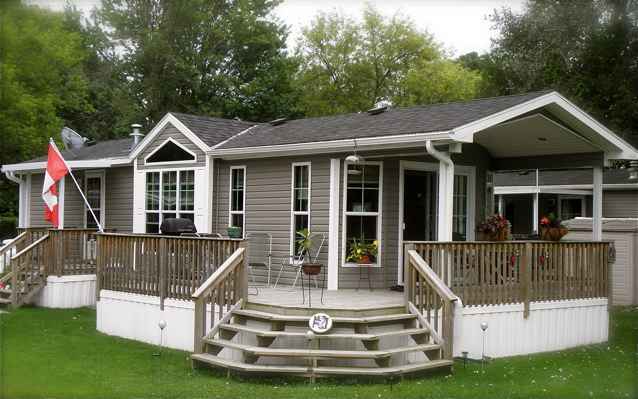
London, Ontario
London is a city in Southwestern Ontario, Canada along the Quebec City-Windsor Corridor. The city has a population of 383,822 according to the 2016 Canadian census. London is at the confluence of the Thames River, approximately 200 kilometres (120 mi) from both Toronto, Ontario and Detroit, Michigan; and about 230 kilometres (140 mi) from Buffalo, New York. The City of London is a separated municipality, politically separate from Middlesex County, though it remains the county seat.
London and the Thames were named in 1793 by John Graves Simcoe, who proposed the site for the capital of Upper Canada. The first European settlement was between 1801 and 1804 by Peter Hagerman. The village was founded in 1826 and incorporated in 1855. Since then, London has grown to be the largest Southwestern Ontario municipality and Canada's 11th largest metropolitan area, having annexed many of the smaller communities that surrounded it.
London is a regional centre of health care and education, being home to the University of Western Ontario, Fanshawe College, and several hospitals. The city hosts a number of musical and artistic exhibits and festivals, which contribute to its tourism industry, but its economic activity is centred on education, medical research, insurance, and information technology. London's university and hospitals are among its top ten employers. London lies at the junction of Highway 401 and 402, connecting it to Toronto, Windsor (which is directly across the border from Detroit), and Sarnia. It also has an international airport, train, and bus station.
London has a number of parks. Victoria Park in downtown London is a major centre of community events, attracting an estimated 1 million visitors per year. Other major parks include Harris Park, Gibbons Park, Fanshawe Conservation Area (Fanshawe Pioneer Village), Springbank Park, and Westminster Ponds. The city also maintains a number of gardens and conservatories.
London is a city in Southwestern Ontario, Canada along the Quebec City-Windsor Corridor. The city has a population of 383,822 according to the 2016 Canadian census. London is at the confluence of the Thames River, approximately 200 kilometres (120 mi) from both Toronto, Ontario and Detroit, Michigan; and about 230 kilometres (140 mi) from Buffalo, New York. The City of London is a separated municipality, politically separate from Middlesex County, though it remains the county seat.
London and the Thames were named in 1793 by John Graves Simcoe, who proposed the site for the capital of Upper Canada. The first European settlement was between 1801 and 1804 by Peter Hagerman. The village was founded in 1826 and incorporated in 1855. Since then, London has grown to be the largest Southwestern Ontario municipality and Canada's 11th largest metropolitan area, having annexed many of the smaller communities that surrounded it.
London is a regional centre of health care and education, being home to the University of Western Ontario, Fanshawe College, and several hospitals. The city hosts a number of musical and artistic exhibits and festivals, which contribute to its tourism industry, but its economic activity is centred on education, medical research, insurance, and information technology. London's university and hospitals are among its top ten employers. London lies at the junction of Highway 401 and 402, connecting it to Toronto, Windsor (which is directly across the border from Detroit), and Sarnia. It also has an international airport, train, and bus station.
London has a number of parks. Victoria Park in downtown London is a major centre of community events, attracting an estimated 1 million visitors per year. Other major parks include Harris Park, Gibbons Park, Fanshawe Conservation Area (Fanshawe Pioneer Village), Springbank Park, and Westminster Ponds. The city also maintains a number of gardens and conservatories.

-min.jpg)








